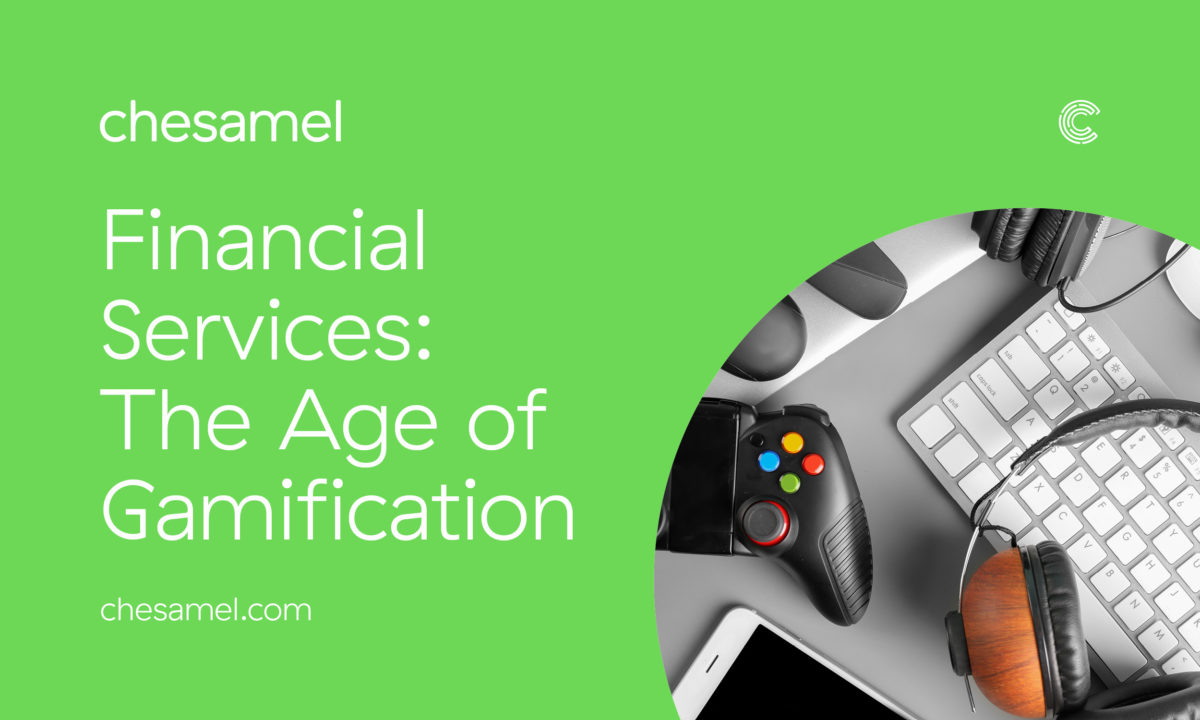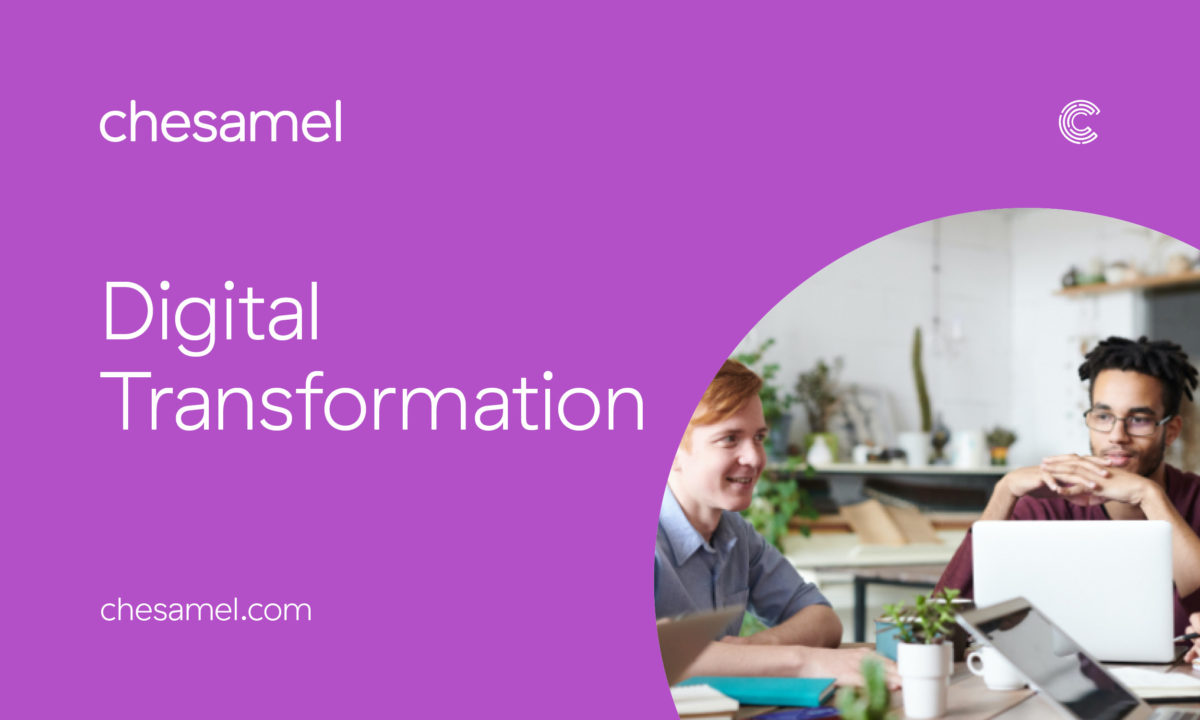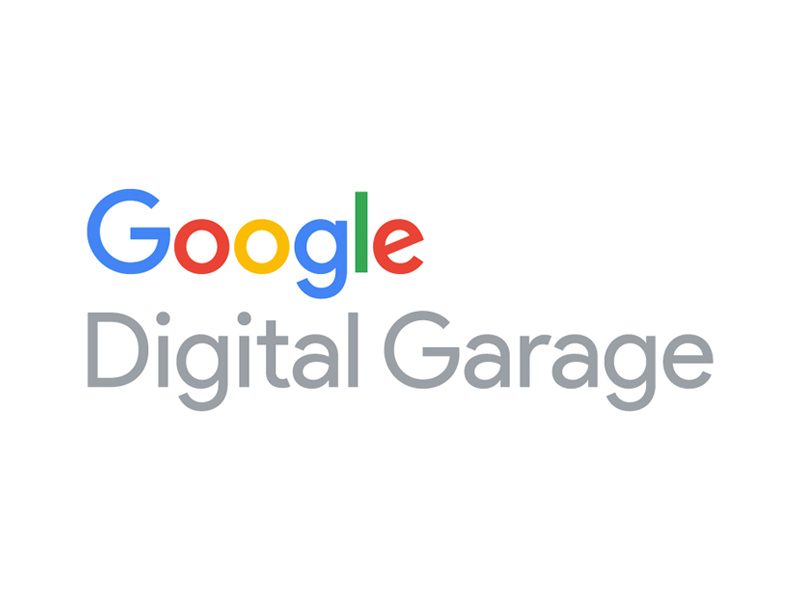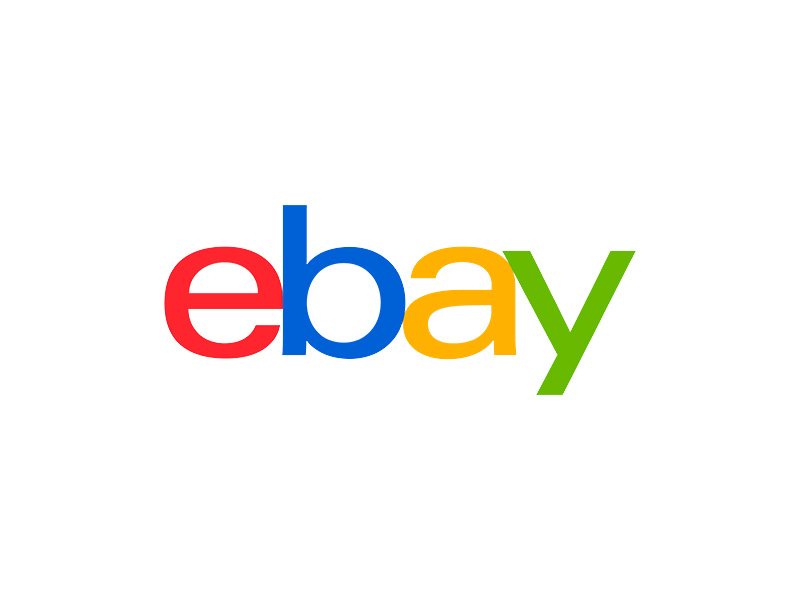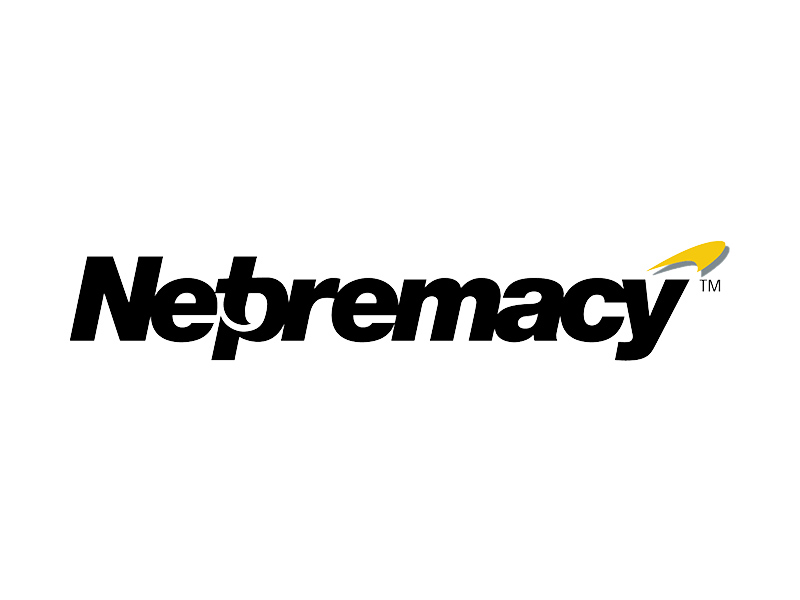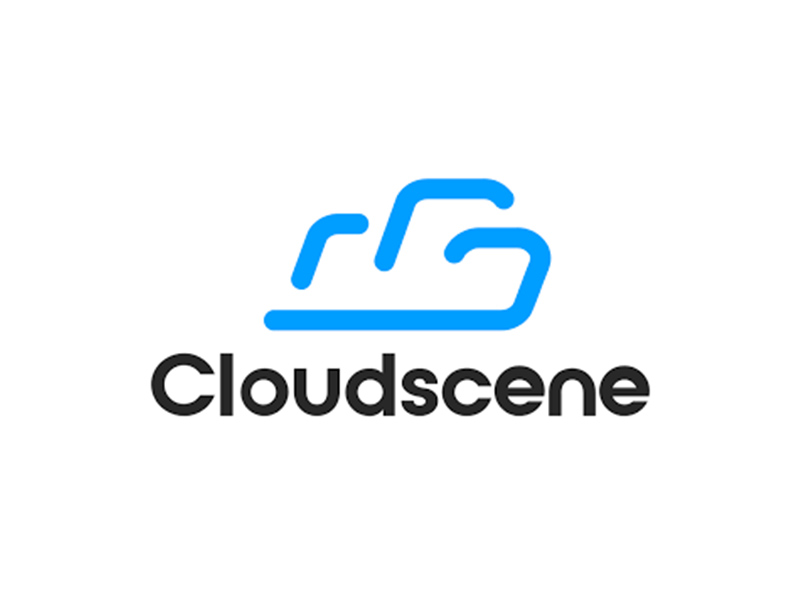As we edge closer into the so-called ‘hyper-innovation’ era, more and more companies are required to think and operate like a tech company. For example, 94% of all companies worldwide used some kind of cloud computing service in 2023 to help them run their operations.
With the rapid development of AI (including the recent ChatGPT-5 announcement) coupled with the latest developments from the 2023 Google Cloud Next event, the priorities of a marketer are changing, with cloud marketing taking precedence for those looking to scale.
These changing marketing priorities include continuous focus on innovation, investing in cutting-edge technologies, and creating a team culture that fosters digital fluency and agility. By doing so, technology, such as cloud solutions, is not just a facilitator of operations but the driving force behind new value creation, competitive differentiation, and market leadership.
As a Google Cloud partner, we always aim to provide the most recent and relevant industry updates on digital transformation, which includes keeping you up to speed on the significance of cloud marketing. In this blog post, we cover:
- The latest trends in cloud marketing
- The best practices for cloud-enabled campaigns
- Tools you can use to enhance your cloud marketing efforts
Without further ado, let’s take a look at the latest trends in cloud marketing as we get more comfortable in the Q1 seat of 2024.
Latest Trends in Cloud Marketing for 2024
1. Merging Generative AI into a Streamlined Workflow
Generative AI is without a doubt, revolutionary. From embedded conversational AI in 40% of enterprise applications by 2024 to high-quality, real-time outputs in 70% of practical applications by 2030. The future of business and marketing is evolving at an unprecedented rate.
A recent example (and tool which you can use) is Typeface. They are a generative AI app provider who recently announced the launch of an integrated generative AI marketing solution with GrowthLoop and Google Cloud’s BigQuery and GenAI Foundation Models to ‘merge generative AI into a single, streamlined workflow.’
This means marketers can use the technology to accelerate campaign launches and uphold a uniform brand message more easily across all touchpoints. The integration with Google enterprise data warehouse BigQuery can also enable marketers to:
- Create a 360-degree customer view by utilising first-party data from ads, sales and products
- Audience segments from both BigQuery and GrowthLoop can be blended with Typeface’s brand-personalised AI to craft personalised content
- Create brand-specific content with Typeface directly with Google’s collaboration suite Workspace, including Google Docs and Google Slides, to bring AI content generation into existing workflows.
2. AI-Optimised Infrastructure
As the AI programs and LLMs (Large Language Models) used by marketers continue to improve, it puts more strain on the technological infrastructure to be fully AI-optimised. Not only for continued functionality but for improved cost-efficiency and performance. But how can the infrastructure become AI-optimised?
Google Cloud’s infrastructure recently upgraded two of its most important technologies. The first is Cloud TPU v5e. TPU v5e delivers up to 2x higher training performance per dollar and up to 2.5x inference performance per dollar for LLMs and gen AI models compared to Cloud TPU v4. At less than half the cost of TPU v4, TPU v5e makes it possible for more organisations to train and deploy larger, more complex AI models.
This video gives you a good idea of how this infrastructure works: https://youtu.be/FsxthdQ_sL4
The second upgrade was the A3 VMs. Powered by NVIDIA’s H100 Tensor Core GPUs, which feature the Transformer Engine to address trillion-parameter models, A3 VMs are purpose-built to train and serve especially demanding gen AI workloads and LLMs. Combining NVIDIA GPUs with Google Cloud’s leading infrastructure technologies is a huge leap forward in supercomputing capabilities, with 3x faster training and 10x greater networking bandwidth compared to the prior generation. A3 is also able to operate at scale, enabling users to scale models to tens of thousands of NVIDIA H100 GPUs.
Watch this case study video to understand the real impact Google Cloud can have on business growth: https://youtu.be/gDiryEFz6JA.
Both of these developments helped to optimise the Cloud infrastructure for AI, and as the AI & ML industry continues to grow, we can only assume that more AI-optimised infrastructure is still to come in 2024.
3. Creating More Collaboration For “T-Shaped Marketers”
To explore the expanding skill set required in almost all industries, The Account Planning Group surveyed in 2023. It revealed that planners and strategists are now expected to master 24 different skills.
This highlights the growing importance of “T-shaped marketers” who possess broad knowledge and a deep specialisation. However, this “T-bar” is getting dense, with marketers needing to know more about everything. The answer? Collaboration. Specialists should start working together and use their strengths for a common goal.
Based on this more collaborative approach, there seems to be a growing focus on creating environments that naturally lead to solutions rather than always seeking immediate results.
4. Personalised Marketing Experiences
Did you know, 80% of customers are more likely to purchase from a company that offers personalised experiences? You may have heard of ‘personalised marketing’ for some years now but with the current developments in cloud computing, the level of personalisation you can achieve is advanced. This could mean specialised email or social campaigns, product recommendations, customised landing pages, or even customer-specific AI-generated imagery and videos.
With Google Cloud’s data warehouse, BigQuery, you can centralise audience data to gain a holistic view of your business and unlock valuable insights and opportunities for personalisation. These include (but are not limited to) audience segmentation and customer lifetime value.
Let’s take audience segmentation for example. By exporting your Google Analytics data to BigQuery, you can get a scalable first-party data foundation to help you identify audience segments. You can do this by purchase intent, content preferences, or even lifetime value. When you break down data silos, you can identify high-value audiences that make the most significant impact on your business.
Plus, you can segment even further with the power of AI, using machine learning predictive models to open up previously hidden patterns. For example, segmenting audiences by propensity to purchase or propensity to churn allows you to allocate resources more intentionally to improve the effectiveness of your marketing efforts and increase ROI across the board.
Best Practices For Cloud-Enabled Campaigns
Drive campaign performance with intelligent, real-time data
Whether you are a marketing leader or an agency providing best-in-class marketing services, cloud solutions like Google Cloud can help you solve marketing analytics challenges by using native Ads data integrations with BigQuery and developing custom audience segments with Google Cloud’s AI products.
Understand how consumers are searching with Google Trends data
Any marketer can now access Google Trends datasets through direct interaction with BigQuery. This means you can explore what consumers are searching for to inform your analyses and make better data-driven decisions. This type of data on a large scale informs your marketing campaigns from ideation to production to testing and offers invaluable insights for product positioning and branding.
Use AI to get to good ideas quicker
As Nick Myers, head of planning at OLIVER agency, says, AI “helps people get to good ideas quicker”. It can provide a starting point and be integrated with human qualities such as creativity, intuition, and empathy — but it can’t replace them. If you share a tech-optimistic view like us at Chesamel, there are two practices we recommend you follow:
- Recognising generative AI’s potential to support the creative process
- Enabling AI to provide valuable insights when used correctly
Both of these practices will allow you to use AI to get to good ideas quicker. But before you decide to instigate them into your team’s operations, it’s important to tackle the remaining challenges first, such as advertising effectiveness.
Foster creative excellence to improve advertising effectiveness
Dom Boyd, Kantar’s managing director for U.K. insights and marketing effectiveness, delved into this issue of ‘advertising effectiveness’ during a Google Fireside chat. He identified a “confidence gap” in the marketing community: despite the resilience of advertising budgets, there’s a lack of confidence in the implementation. To bridge this gap, Dom suggests focusing on the crucial role of creative excellence in driving marketing success and profitability.
Cloud solutions are a great example of a tool that can provide the framework where ideas can be explored, tested and deployed faster than ever before – giving your team more time to think creatively, nurture innovation, and achieve that all-important creative excellence.
As we wrap up this blog post, we hope you’ve found it insightful, useful, and maybe even actionable. The fusion of cloud marketing and AI is not just a trend, but a transformative force reshaping how we approach marketing.
The synergy between innovative tools like Google Cloud, Typeface, and AI-optimised infrastructure underlines the undeniable shift towards a more agile, data-driven, and personalised marketing strategy. This evolution paves the way for T-shaped marketers to thrive in a collaborative, creative environment, harnessing AI’s power to unlock new levels of efficiency.
As we continue to witness these groundbreaking advancements in cloud marketing, it’s clear that the ability to adapt and innovate will be the hallmark of successful marketing strategies in the hyper-innovation era.



